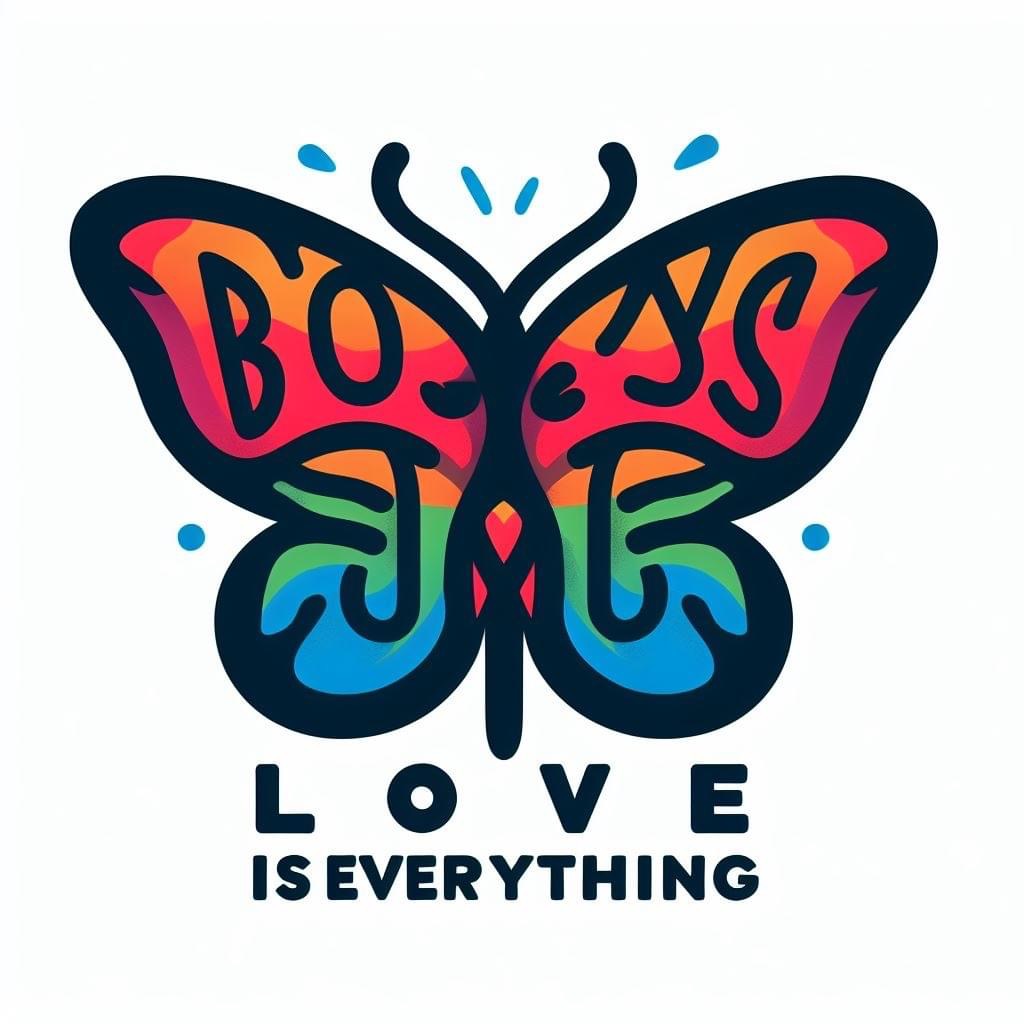Exploring the Captivating World of Homoerotic Manga: A Journey Through Yaoi
- BoysloveisEverything Admin
- May 19, 2024
- 5 min read

Yaoi, an enthralling genre originating from Japan, has captivated readers worldwide with its compelling portrayals of romantic relationships between male characters. This literary phenomenon, once a niche interest, has blossomed into a global sensation, transcending cultural boundaries and captivating audiences across diverse demographics.
Etymology: Decoding the Language of Desire
The term "yaoi" itself is a portmanteau derived from the Japanese phrase "yama nashi, ochi nashi, imi nashi," which translates to "no climax, no point, no meaning." Initially coined as a self-deprecating term by manga artists in the late 1970s, it referred to works that prioritized sexual content over plot and character development. However, this term has since evolved to encompass a broader spectrum of narratives exploring male-male relationships.
Alongside "yaoi," other terms have emerged to describe this genre, each with its nuances and connotations. "Shōnen-ai" (literally "boy love") was an early descriptor for romantic stories featuring androgynous male characters. "Tanbi" (meaning "aesthetic" or "aesthete") was initially used to describe homoerotic literary works by renowned authors before being adopted for manga and visual art. "Boys' Love" (often abbreviated as "BL") has become the predominant term used in Japan and much of Asia to refer to male-male romance media marketed to women.
A Rich Tapestry: Tracing the Origins of Yaoi
The roots of yaoi can be traced back to the 1970s, when a new generation of female manga artists began exploring themes of male homosexuality within the shōjo (girls') manga genre. Pioneering works such as "In the Sunroom" by Keiko Takemiya and "The November Gymnasium" by Moto Hagio laid the foundation for what would become known as shōnen-ai.
As the genre evolved, the dōjinshi (self-published fan works) subculture emerged, providing a platform for amateur creators to explore homoerotic narratives based on existing manga and anime. These derivative works, often created by teenagers for an adolescent audience, played a crucial role in shaping the aesthetic and thematic conventions of yaoi.
Transcending Boundaries: The Global Embrace of Yaoi
In the 1990s, yaoi experienced a surge in mainstream popularity, with numerous magazines dedicated to the genre and an increasing integration of yaoi elements into shōjo manga. This period also witnessed the "yaoi ronsō" (yaoi debate), a scholarly discourse that examined the genre's representation of gay identity and its potential for social commentary.
As the 21st century dawned, yaoi transcended its Japanese origins, gaining a robust global presence through international licensing, distribution, and the proliferation of fan translations and online communities. This global expansion not only introduced yaoi to new audiences but also fostered a diverse array of interpretations and adaptations, further enriching the genre's artistic and cultural significance.
Captivating Concepts: Exploring the Thematic Landscape of Yaoi
Yaoi narratives often revolve around the concept of "bishōnen," a term referring to androgynous and effeminate male characters who blend masculine and feminine qualities. These characters are frequently depicted in romantic or sexual scenarios that challenge traditional gender norms and societal expectations.
A defining characteristic of yaoi is the practice of pairing characters according to the roles of "seme" (the dominant, active partner) and "uke" (the submissive, passive partner). This dynamic not only adds depth to the relationships portrayed but also explores themes of power, desire, and the fluidity of gender roles.
While yaoi stories frequently depict explicit sexual content, they also delve into broader themes of homosociality, acceptance, and the formation of non-traditional family structures. By creating narratives that celebrate and normalize same-sex relationships, yaoi has become a powerful medium for exploring issues of identity, self-expression, and the pursuit of love in all its diverse forms.
A Vibrant Tapestry: Exploring the Diverse Media Landscape of Yaoi
Yaoi has transcended the boundaries of traditional manga, manifesting in a wide range of media formats. From captivating anime adaptations and immersive visual novels to audio dramas and live-action television series, the genre has continuously evolved to cater to the diverse preferences of its global fanbase.
The rise of the internet and digital platforms has further amplified the reach and accessibility of yaoi, facilitating the creation and dissemination of fan works, translations, and original content. Online communities have become vibrant hubs for discussions, collaborations, and the exchange of ideas, fostering a rich and dynamic creative ecosystem.
Embracing Diversity: Yaoi's Inclusive Fandom
One of the most remarkable aspects of yaoi is its ability to transcend traditional boundaries and resonate with a diverse audience. While the genre's primary readership consists of women, it has also attracted a significant following among LGBTQ+ individuals, who find solace and representation in the narratives it presents.
Yaoi has become a powerful platform for exploring themes of acceptance, self-discovery, and the celebration of love in all its forms. By challenging societal norms and providing a safe space for self-expression, the genre has fostered a sense of community and belonging among its passionate fans.
Navigating Controversies: Addressing Critiques and Misconceptions
Despite its widespread popularity, yaoi has not been immune to criticism and controversy. Some have questioned the genre's portrayal of gay identity, arguing that it perpetuates stereotypes or fails to accurately represent the lived experiences of LGBTQ+ individuals.
Additionally, concerns have been raised regarding the depiction of non-consensual sexual encounters and the potential for promoting harmful narratives. However, many creators and fans have defended yaoi as a form of escapist fiction that does not seek to be a realistic representation of homosexuality but rather a celebration of love and desire.
Evolving Perspectives: Yaoi's Influence on Societal Attitudes
As yaoi has gained mainstream recognition, its impact on societal attitudes towards LGBTQ+ representation and acceptance has become increasingly evident. By normalizing same-sex relationships and challenging traditional gender roles, the genre has contributed to broader discussions surrounding inclusivity and diversity.
Moreover, the popularity of yaoi has inspired the creation of live-action adaptations and television series that explore LGBTQ+ themes for a broader audience. These works not only reflect the growing demand for diverse narratives but also have the potential to shape public discourse and promote greater understanding and acceptance.
Transcultural Crossroads: Yaoi's Global Adaptations and Interpretations
Yaoi's global appeal has given rise to a rich tapestry of adaptations and interpretations that reflect the diverse cultural perspectives of its international fanbase. From Thai Boys' Love (BL) dramas that seamlessly blend Japanese tropes with local contexts to Chinese web novels that navigate the complexities of censorship, the genre has proven its ability to transcend boundaries and resonate with audiences worldwide.
These adaptations not only showcase the genre's versatility but also highlight the universal appeal of narratives that celebrate love, self-discovery, and the pursuit of authentic expression. As yaoi continues to evolve and expand its reach, it promises to inspire new generations of creators and audiences, fostering a vibrant and inclusive global community.
Embracing the Future: Yaoi's Artistic and Cultural Legacy
As we look towards the future, yaoi's artistic and cultural legacy is poised to continue shaping the landscape of storytelling and representation. With its ability to challenge societal norms, explore complex themes, and foster a sense of community among its fans, the genre stands as a testament to the power of art to inspire change and promote understanding.
Whether through the creation of new narratives, the exploration of emerging media formats, or the fostering of cross-cultural collaborations, yaoi's impact on the global creative landscape is undeniable. As it continues to evolve and captivate audiences worldwide, this captivating genre serves as a reminder of the enduring power of love, self-expression, and the pursuit of authentic representation.










Comments